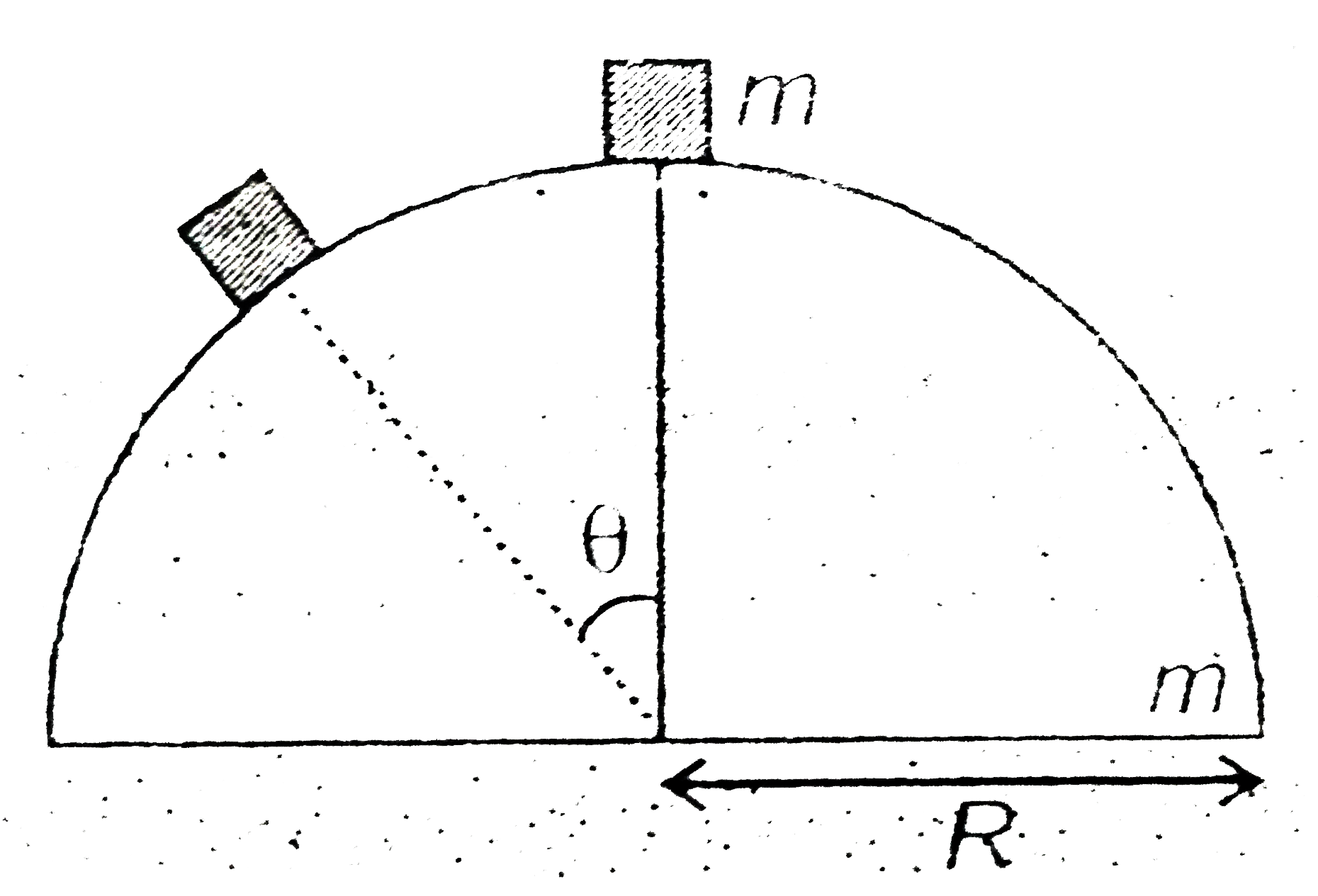A : In Young.s double slit experiment, we observe an interference pattern on the screen if both the slits are illuminated by two bulbs of same power.
R : The interference pattern is obserbed only when source are monochromatic.
Both A and R are true and R is the correct explanation of A
Both A and R are true and R is not the correct explanation of A
A is true and R is false
Both A and R are false
The correct Answer is:D
To analyze the given statements regarding Young's double slit experiment, we will evaluate the assertion (A) and the reason (R) step by step.
Step 1: Understanding the Assertion (A)
The assertion states: "In Young's double slit experiment, we observe an interference pattern on the screen if both the slits are illuminated by two bulbs of the same power."
- In Young's double slit experiment, an interference pattern is indeed produced when light waves from two slits overlap on a screen. However, the key requirement for observing a clear interference pattern is that the light sources must be coherent. Coherent sources have a constant phase difference and the same frequency and wavelength.
Step 2: Evaluating the Assertion
- The assertion is incomplete because it does not mention the necessity of coherence between the light sources. Therefore, while it is true that we can observe an interference pattern, the condition of coherence is essential, which is not stated in the assertion.
Step 3: Understanding the Reason (R)
The reason states: "The interference pattern is observed only when sources are monochromatic."
- Monochromatic light means light of a single wavelength. While it is true that using monochromatic light is important for producing a stable interference pattern, it is not the only condition. The sources must also be coherent.
Step 4: Evaluating the Reason
- The reason is also incomplete because it does not mention the requirement for coherence. Monochromatic light alone does not guarantee an interference pattern unless the sources are coherent.
Conclusion
- Both the assertion (A) and the reason (R) are false. The assertion lacks the necessary condition of coherence, and the reason, while correct in emphasizing monochromatic light, also fails to mention coherence.
Final Answer
Both the assertion and reason are false.
---
The assertion states: "In Young's double slit experiment, we observe an interference pattern on the screen if both the slits are illuminated by two bulbs of the same power."
- The assertion is incomplete because it does not mention the necessity of coherence between the light sources. Therefore, while it is true that we can observe an interference pattern, the condition of coherence is essential, which is not stated in the assertion.
The reason states: "The interference pattern is observed only when sources are monochromatic."
- The reason is also incomplete because it does not mention the requirement for coherence. Monochromatic light alone does not guarantee an interference pattern unless the sources are coherent.
- Both the assertion (A) and the reason (R) are false. The assertion lacks the necessary condition of coherence, and the reason, while correct in emphasizing monochromatic light, also fails to mention coherence.
Both the assertion and reason are false.
Topper's Solved these Questions
- WAVES OPTICSBOOK - AAKASH SERIESCHAPTER - WAVES OPTICSEXERCISE - EXERCISE -II (INTERFERENCE)
26 Videos
- WAVES OPTICSBOOK - AAKASH SERIESCHAPTER - WAVES OPTICSEXERCISE - EXERCISE -II (DIFFRACTION)
17 Videos
- WAVES OPTICSBOOK - AAKASH SERIESCHAPTER - WAVES OPTICSEXERCISE - EXERCISE -IA (ASCENDING AND DSCENDING ORDER TYPE QUESTIONS)
6 Videos
- WAVESBOOK - AAKASH SERIESCHAPTER - WAVESEXERCISE - EXERCISE-III (Doppler effect :)
15 Videos
Similar Questions
Knowledge Check
In a Young's double slit experiment an electron beam is used to obtain interference pattern. If the speed of electron decreases then
Adistance between two consecutive fringes remains the sameBdistance between two consecutive fringes decreasesCdistance between two consecutive fringes increasesDNone of these.
If Young's double-slit experiment is performed under water, how would be observed interference pattern be affected ?
View SolutionIn the Young's double slit experiment, the interference pattern is found to have as intensity ratio between the bright and dark fringes as 9. This implies that
View SolutionIn the Young's double slit experiment, the interference pattern is found to have as intensity ratio between the bright and dark fringes as 9. This implies that
View SolutionIn Young.s double slit experiment both the slits are similar. If width of one of the slits is doubled then
View SolutionA particle is placed on the top of a hemispherical shell of same mass. Shell is free to move on the smooth ground. If particle is given a given a gentle push and reaches to angular position q as shown in figure then for an observer fixed on a shell, ratio of reaction force exerted by shell to pseudo force (as observed from shell) acting on particle, is

View SolutionAnswer the following:
(a) In Young's double slit experiment, the two slits are illuminated by two different lamps having same wavelength of light. Explain with reason, whether interference pattern will be observed on the screen or not.
(b) Light waves from two coherent sources arrive at two points on a screen with path differences of 0 and λ/2. Find the ratio of intensities at the points.
View SolutionStatement-I : In Young's double slit experiment interference pattern dissappears when one of the slits is closed
Statement-II : Interference is observed due to superposition of light waves from two coherent source
View Solution
